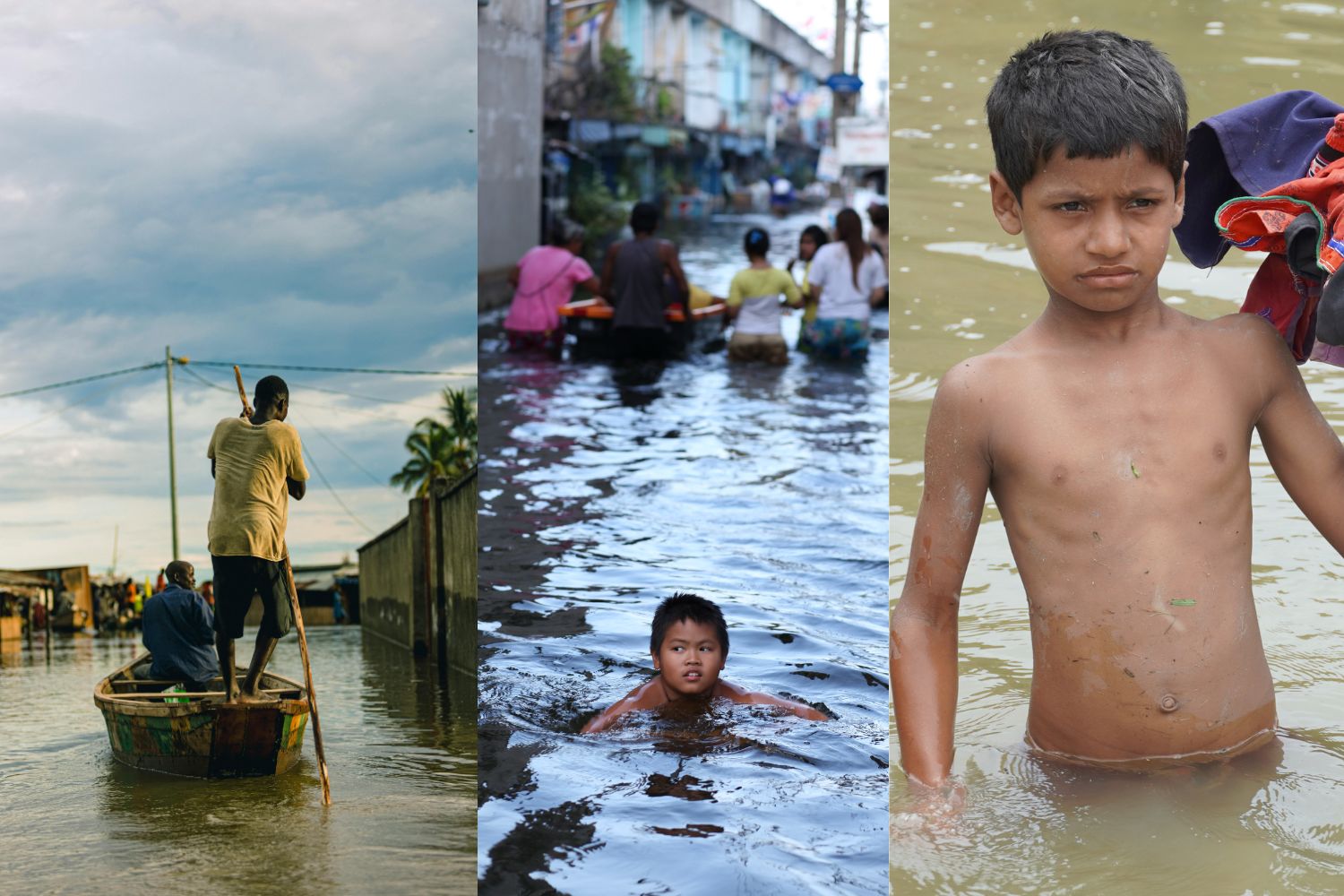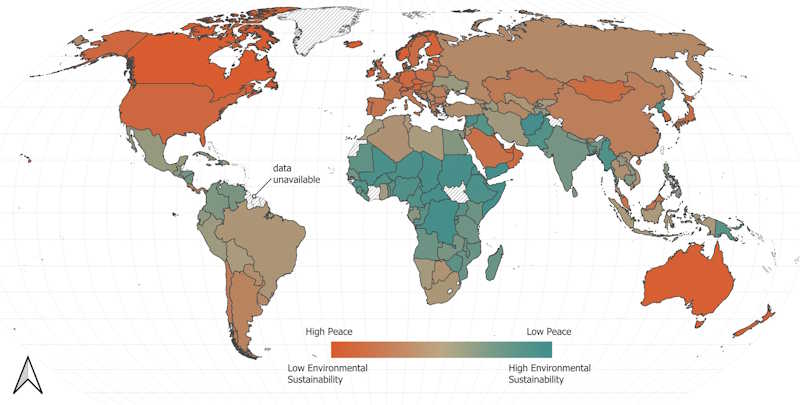A new study shows that peace and ecological sustainability are inversely related. In general, countries that experience the highest rates of peace are the least ecologically sustainable, while countries that are most vulnerable to environmental risks and experience conflict are the ones that contribute the least to ecological sustainability problems through their consumption.

@Canva
The countries that pollute the most are ironically the ones most protected from the environmental damage they themselves create, while those contributing the least face the greatest threats. These threats include a higher likelihood of violent conflicts and unlivable conditions.
This conclusion comes from a study published in Communications Earth & Environment by the University of Notre Dame. The research highlights the inequalities that disproportionately harm countries in the Global South.
The findings undoubtedly emphasize the urgent need to reshape the narrative around the environment and conflict, focusing especially on supporting countries that contribute less to climate change but suffer the most from resource extraction, environmental risks, and warfare.
“Our study highlights a gap in current research that evaluates the connection between ecological sustainability and peace,” explains co-author Richard (Drew) Marcantonio, assistant professor of environment, peace, and global affairs at the Keough School of Global Affairs, University of Notre Dame. “This is critical to designing evidence-based policies that address global inequalities and uphold human dignity.”
The link between environmental risks and conflict is well documented: conflicts often lead to environmental degradation and resource depletion, which in turn can trigger further conflicts in a vicious cycle.
Overall, the study states, the greatest environmental risks are associated with higher levels of conflict, and social norms and institutions play an important role in this dynamic.
A key difference in this new research lies in how it measures both sustainability and peace. Previous studies used conventional metrics that, according to Marcantonio, tend to overestimate sustainability and peace in wealthier countries. The new analysis considers the total ecological footprint and involvement in intrastate conflicts that harm other nations.

@Communications Earth & Environment
“In assessing where peace is most widespread, our findings reaffirm the need to ask and answer how to achieve a good life for all within planetary boundaries—or, in this case, sustainable peace for all,” Marcantonio said. “And although our results suggest that ecological sustainability and peace are not positively correlated, this relationship is not inevitable.”
What does that mean? An ecologically sustainable peace is possible. It just requires effort.
